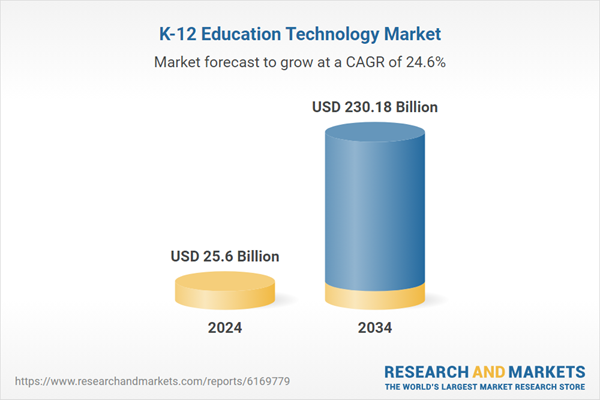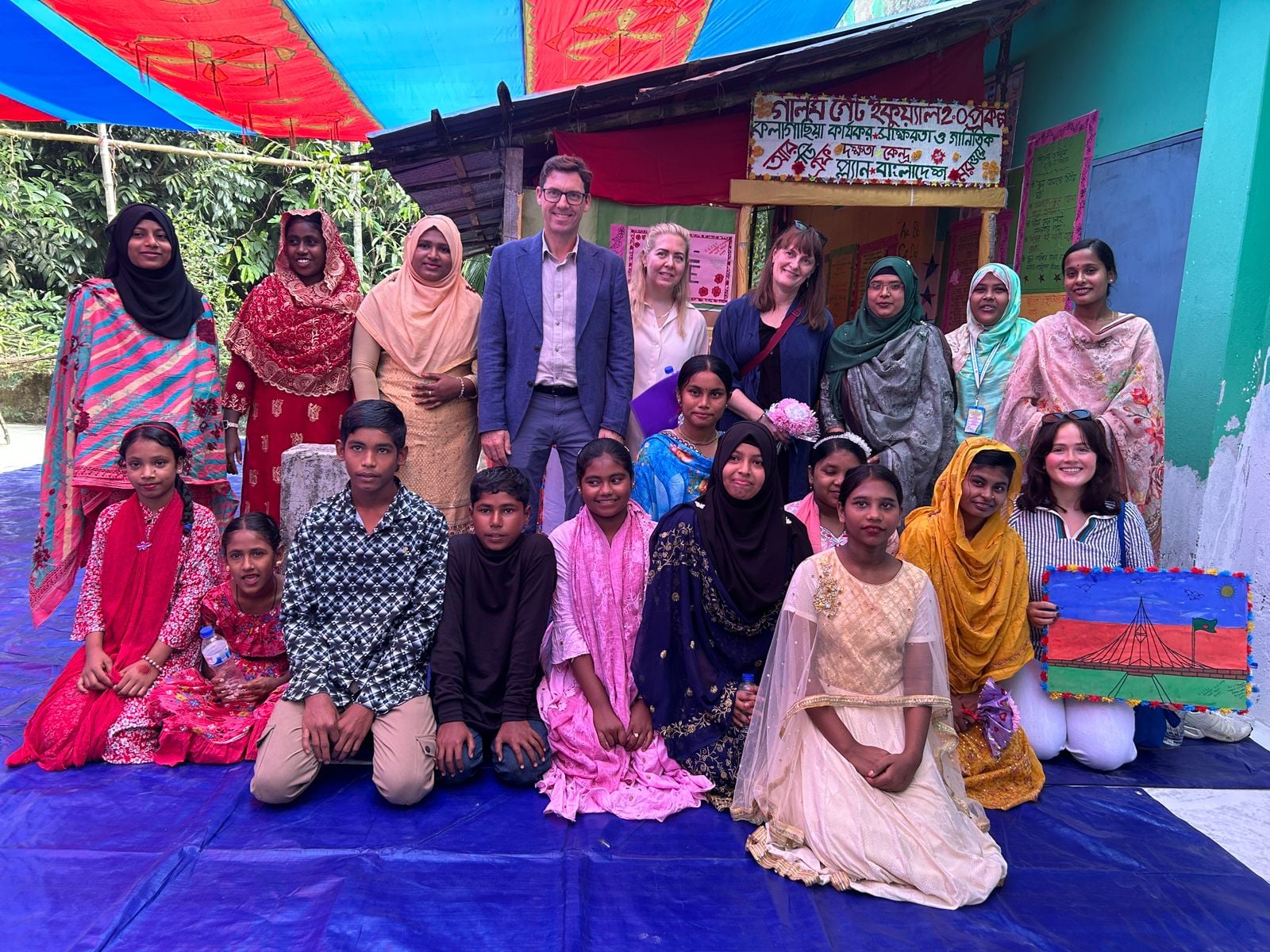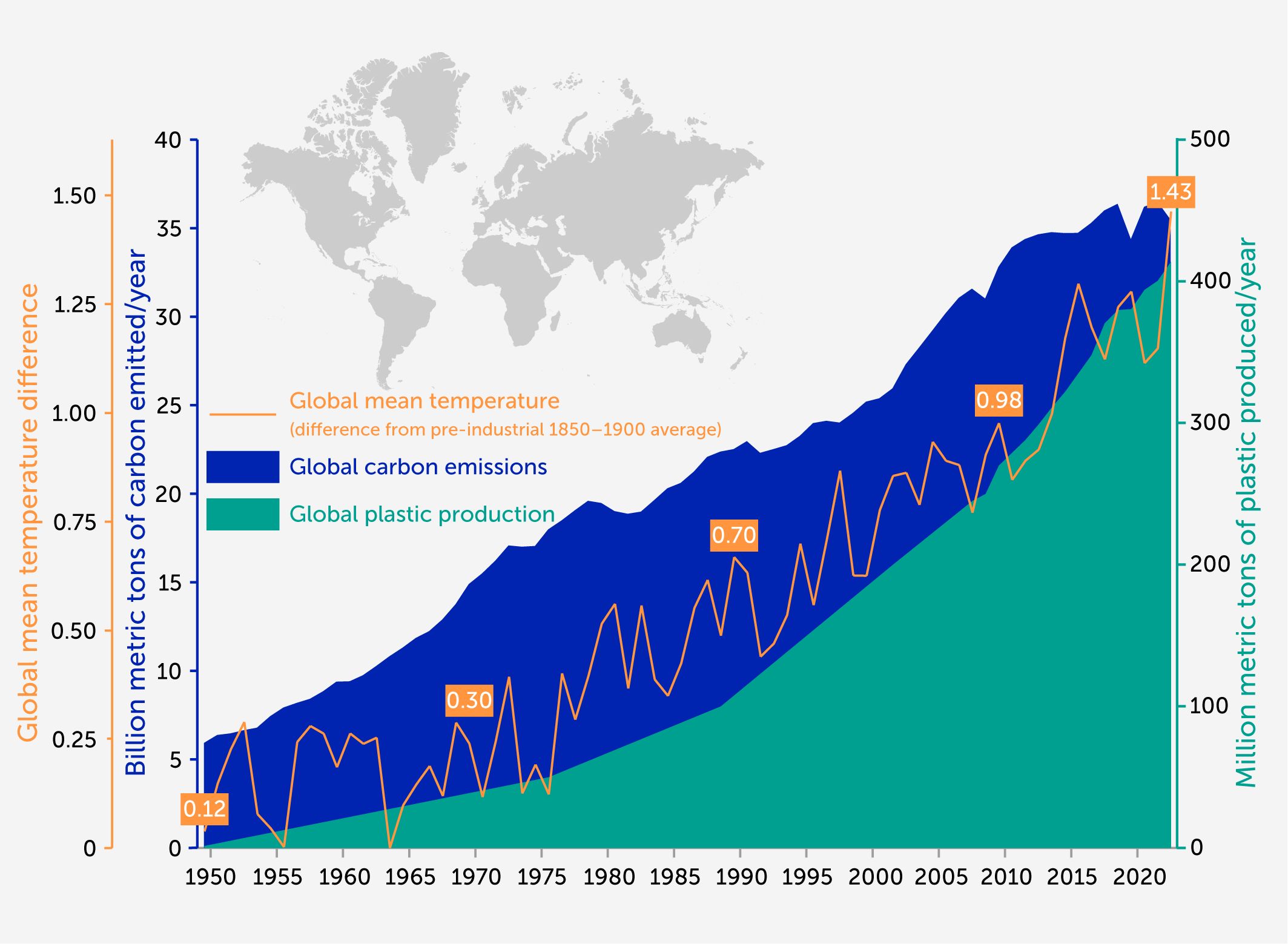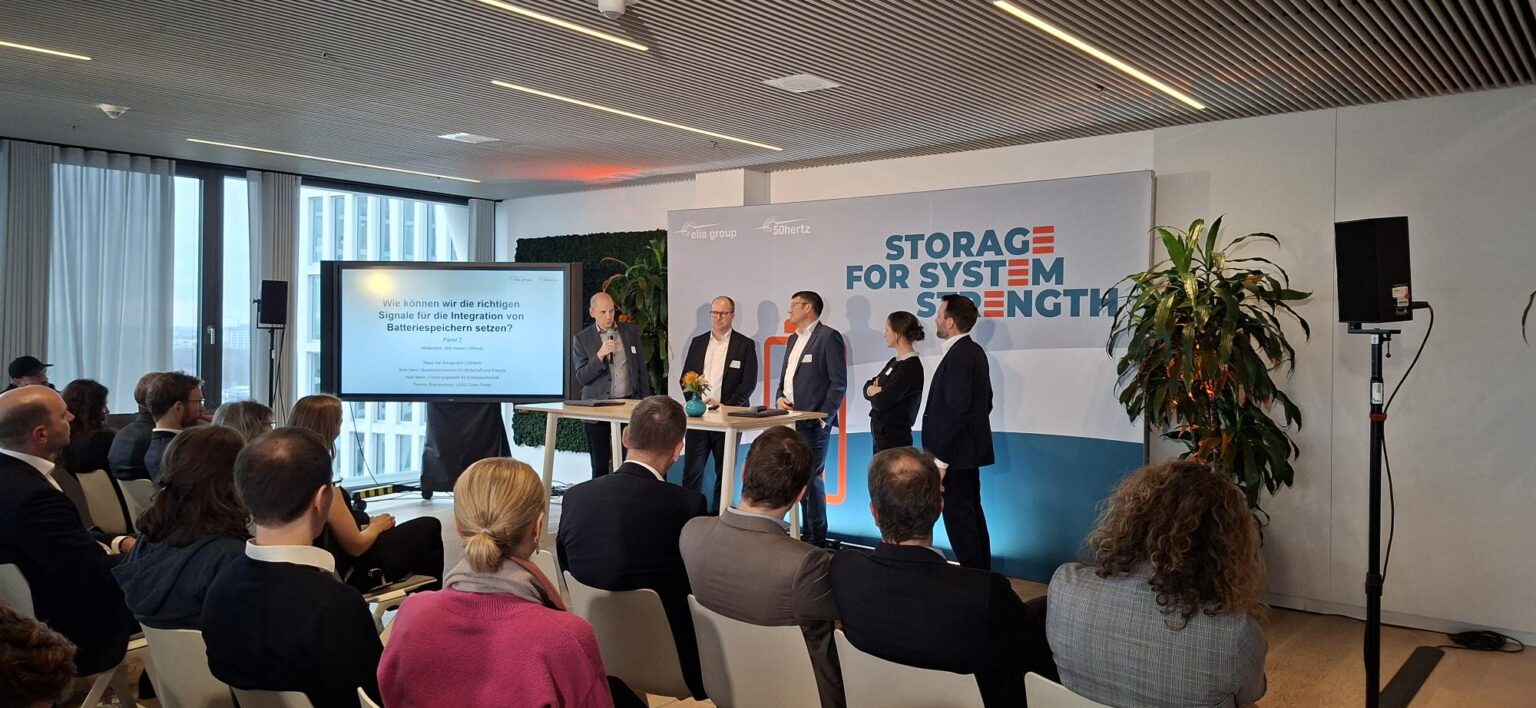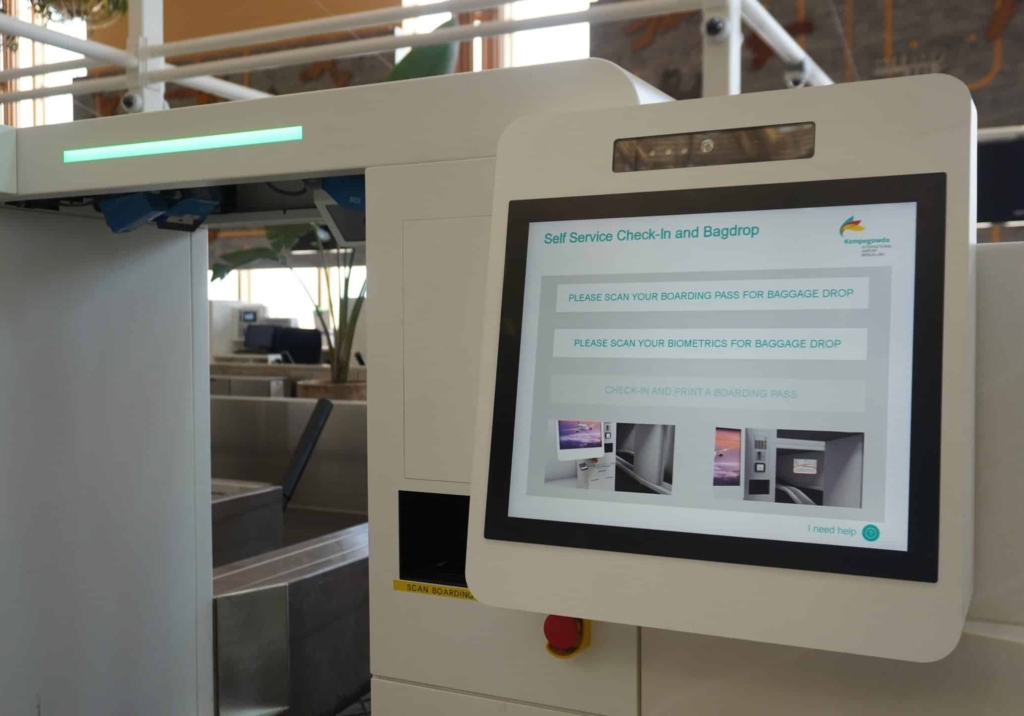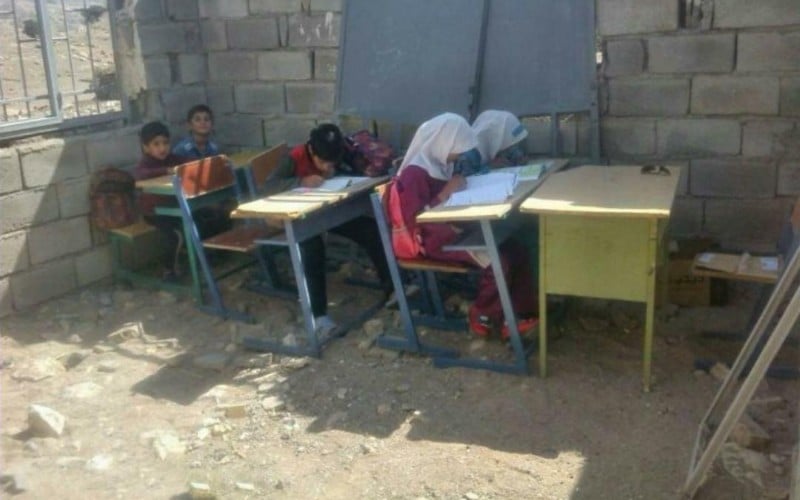Need-based education, reform of curriculum urged – New Age BD
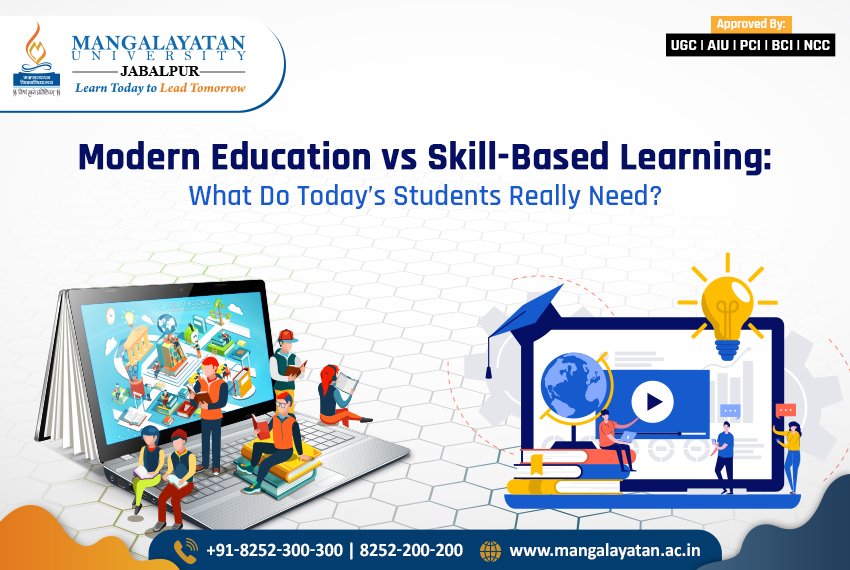
Report on Seminar: Aligning Bangladesh’s Education System with Sustainable Development Goals
Introduction
A seminar titled ‘Need-based education in Bangladesh: problems and prospects’ was convened by the non-governmental think tank Education Research Initiative. Academicians and university officials gathered to address the urgent need to restructure the nation’s education system to align with national development objectives and the Sustainable Development Goals (SDGs). The central theme was the imperative of need-based education as a catalyst for achieving SDG 4 (Quality Education) and SDG 8 (Decent Work and Economic Growth).
Key Challenges in Achieving SDG 4 and SDG 8
Participants identified several critical barriers preventing the education sector from effectively contributing to the 2030 Agenda for Sustainable Development.
- Skills Mismatch and Youth Unemployment: A significant disconnect exists between the education provided and the demands of the labor market. This contributes to a high unemployment rate of nearly 11% among graduates, directly undermining SDG Target 8.6, which aims to reduce the proportion of youth not in employment, education, or training.
- Deficiencies in Quality and Equity: While access to education has expanded, significant challenges remain in ensuring quality, equity, and relevance, which are core components of SDG 4. The current system is not adequately producing a skilled workforce capable of driving economic progress.
- Erosion of the Educational Environment: A deterioration in the relationship between teachers, guardians, and students was cited as a serious concern. This lack of mutual respect negatively impacts the entire sector and hinders the creation of a positive learning environment essential for achieving the holistic aims of SDG Target 4.7 (Education for sustainable development).
- Systemic Stagnation: It was observed that the education sector has not undergone significant developmental reforms since the country’s independence, impeding its ability to adapt to modern economic and social needs.
Strategic Interventions for SDG Attainment
The seminar proposed a strategic shift towards a need-based educational framework to address the identified challenges and accelerate progress on the SDGs.
Core Principles
- Need-Based Education Framework: The keynote paper defined need-based education as a formal system designed to equip learners with job-specific competencies. This model is fundamental to achieving SDG Target 4.4, which calls for increasing the number of youth and adults with relevant skills for employment and entrepreneurship. Such an approach fosters not just workers, but also problem-solvers and innovators.
- Emphasis on TVET: Technical and Vocational Education and Training (TVET) was identified as a powerful tool for transforming the nation’s large youth demographic into skilled human resources. Expanding access to quality TVET is a direct action towards fulfilling SDG Target 4.3 (equal access to affordable technical, vocational and tertiary education).
Formal Recommendations for Policy and Implementation
To translate these strategic discussions into actionable policy, the seminar concluded with a set of formal recommendations aimed at systemic reform.
- Curriculum Modernization: Undertake comprehensive curriculum reform to ensure that educational content is demand-driven and directly aligned with the needs of the labor market.
- Integration of Practical Skills: Increase opportunities for practical application and integrate technical courses into mainstream degree programs to enhance the employable skills of graduates.
- Increased Financial Commitment: Allocate a larger portion of the national budget to the education sector to support reforms, improve infrastructure, and ensure the delivery of quality education as envisioned by SDG 4.
- Fostering International Partnerships: Actively pursue international collaboration to exchange knowledge and adopt best practices in educational reform, thereby supporting SDG 17 (Partnerships for the Goals).
Analysis of SDGs, Targets, and Indicators
1. Which SDGs are addressed or connected to the issues highlighted in the article?
- SDG 4: Quality Education
- SDG 8: Decent Work and Economic Growth
- SDG 10: Reduced Inequalities
- SDG 17: Partnerships for the Goals
2. What specific targets under those SDGs can be identified based on the article’s content?
-
SDG 4: Quality Education
- Target 4.3: By 2030, ensure equal access for all women and men to affordable and quality technical, vocational and tertiary education, including university.
Explanation: The article extensively discusses the role of universities and the importance of ‘technical and vocational education and training’ as powerful tools for national progress. It highlights the need to improve tertiary education to make it more effective. - Target 4.4: By 2030, substantially increase the number of youth and adults who have relevant skills, including technical and vocational skills, for employment, decent jobs and entrepreneurship.
Explanation: This is the central theme of the article. The call for ‘need-based education’ is precisely about equipping learners with ‘job specific competencies’ and ’employable skills’ that are relevant to the ‘actual labour market needs’ to reduce unemployment.
- Target 4.3: By 2030, ensure equal access for all women and men to affordable and quality technical, vocational and tertiary education, including university.
-
SDG 8: Decent Work and Economic Growth
- Target 8.5: By 2030, achieve full and productive employment and decent work for all women and men… and equal pay for work of equal value.
Explanation: The article directly addresses the failure to achieve productive employment by citing the high unemployment rate among educated youths, which is a significant barrier to decent work and economic growth. - Target 8.6: By 2020, substantially reduce the proportion of youth not in employment, education or training.
Explanation: The article’s core concern is the high unemployment rate among graduates. It quotes a Bangladesh Bureau of Statistics report stating that the ‘unemployment rate among the educated youths, comprising graduates and postgraduates, reached nearly 11 per cent,’ which is the exact issue this target aims to address.
- Target 8.5: By 2030, achieve full and productive employment and decent work for all women and men… and equal pay for work of equal value.
-
SDG 10: Reduced Inequalities
- Target 10.3: Ensure equal opportunity and reduce inequalities of outcome…
Explanation: The article mentions that despite progress in access to education, challenges remain in ‘ensuring equity.’ This points to the need to provide equal opportunities for all students to receive a quality, relevant education that leads to employment, thereby reducing inequalities of outcome.
- Target 10.3: Ensure equal opportunity and reduce inequalities of outcome…
-
SDG 17: Partnerships for the Goals
- Target 17.6: Enhance North-South, South-South and triangular regional and international cooperation on and access to science, technology and innovation…
Explanation: One of the key recommendations that came from the seminar was ‘international collaboration.’ This directly aligns with the goal of fostering partnerships to achieve sustainable development, in this case, by improving the education sector.
- Target 17.6: Enhance North-South, South-South and triangular regional and international cooperation on and access to science, technology and innovation…
3. Are there any indicators mentioned or implied in the article that can be used to measure progress towards the identified targets?
- Unemployment rate among educated youth: The article explicitly states this rate is ‘nearly 11 per cent.’ This is a direct indicator for measuring the success of aligning education with labor market needs (relevant to Target 4.4 and Target 8.6).
- Overall national unemployment rate: Mentioned as ‘around 4 per cent,’ this provides a baseline to compare the specific challenge of youth unemployment (relevant to Target 8.5).
- Number of graduates produced annually: The article notes that the National University alone produces ‘around 10 lakh bachelor degree holders’ each year. This figure can be used as an indicator of the scale of tertiary education output and the magnitude of the challenge to ensure their employability (relevant to Target 4.3 and 4.4).
- Budget allocation for the education sector: The recommendation for ‘more budget for education sector’ implies that the current budget is insufficient. The percentage of the national budget allocated to education is a key indicator of government commitment to achieving SDG 4.
4. Summary Table of SDGs, Targets, and Indicators
| SDGs | Targets | Indicators |
|---|---|---|
| SDG 4: Quality Education |
4.3: Ensure equal access to affordable and quality technical, vocational and tertiary education.
4.4: Substantially increase the number of youth and adults who have relevant skills for employment. |
– Number of graduates produced annually (e.g., ’10 lakh bachelor degree holders’). – Budget allocation for the education sector. |
| SDG 8: Decent Work and Economic Growth |
8.5: Achieve full and productive employment and decent work for all.
8.6: Substantially reduce the proportion of youth not in employment, education or training. |
– Unemployment rate among educated youths (‘nearly 11 per cent’). – Overall national unemployment rate (‘around 4 per cent’). |
| SDG 10: Reduced Inequalities | 10.3: Ensure equal opportunity and reduce inequalities of outcome. | – Mention of the challenge of ‘ensuring equity’ in education. |
| SDG 17: Partnerships for the Goals | 17.6: Enhance regional and international cooperation. | – Recommendation for ‘international collaboration.’ |
Source: newagebd.net

What is Your Reaction?
 Like
0
Like
0
 Dislike
0
Dislike
0
 Love
0
Love
0
 Funny
0
Funny
0
 Angry
0
Angry
0
 Sad
0
Sad
0
 Wow
0
Wow
0




